Efficient manufacturing
and individual design
of plastic optics items
Our examples
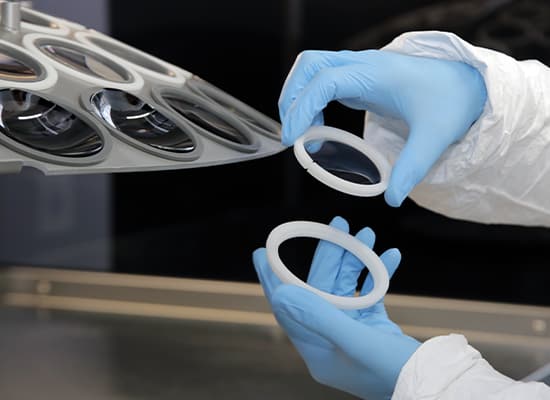
At ALL-IN OPTICS, we specialize in the mass production of precision plastic lenses. Our experienced team brings over 15 years of expertise in developing and producing high-quality optical components for various industries.
We work with a wide range of optical-grade transparent materials, each selected and optimized for specific markets and applications—whether in automotive optics, medical devices, consumer electronics, or sensor systems.
Our cost-effective and scalable production processes ensure consistently high quality. Before series production begins, we guide our clients through the complete development process—from optical design and material selection to rapid prototyping and tool making.
Injection Moulding
The injection moulding of transparent plastics for optical applications requires specialized machinery and strict process control. Every step—from material preparation to part handling—must meet the highest standards.
Even the smallest defects such as voids, flow lines, whitening, or discoloration can compromise the quality of a transparent lens. That’s why we ensure ultra-clean processing environments, optimized tool design, and precise temperature and pressure control to achieve optical-grade clarity and performance.
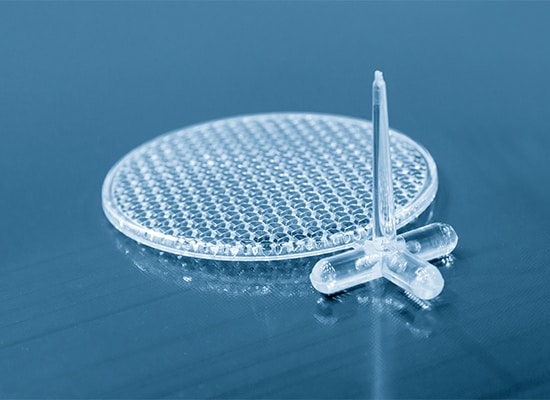
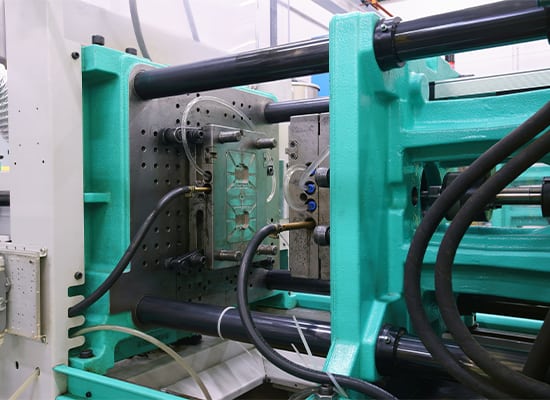
To ensure optical-grade quality, raw materials must be sealed, clean, and contamination-free throughout storage and transport. During the drying process, only filtered air is used to prevent any impurities from affecting the material.
We primarily work with PMMA (Acrylic), PC (Polycarbonate), COC and COP materials—each offering unique advantages for high-performance plastic lenses in optical applications.
Plastic injection moulding involves melting thermoplastic granulate and injecting it under high pressure into a precision mould cavity. Once filled, the material cools and solidifies to form the final optical component.
For lens manufacturing, additional processes may be required—such as compression moulding or variothermal mould temperature control—to achieve optimal surface quality, dimensional accuracy, and optical performance.
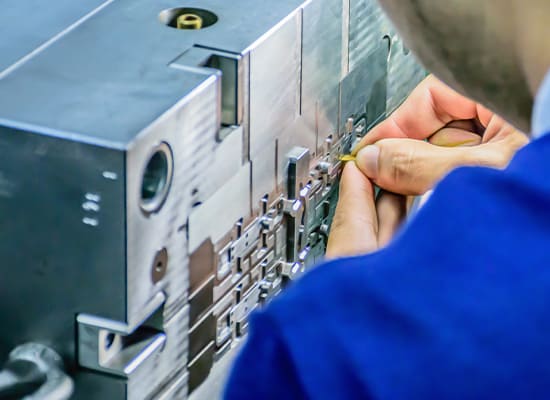
Hot embossing
Hot embossing is a highly precise method for replicating micro- and nanostructures on thermoplastic surfaces. This technique is ideal for creating complex optical elements, but requires tight process control due to the high surface-to-volume ratio.
Commonly used materials include PMMA and polycarbonate, selected for their excellent formability and optical clarity. To ensure high-fidelity replication, the process demands careful management of temperature, pressure, and demoulding parameters.

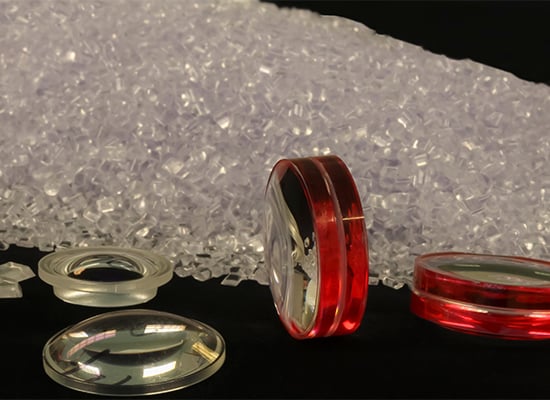
The hot embossing process typically involves four key steps: pre-heating, embossing, demoulding, and cooling. Each phase requires precise temperature and pressure control to ensure high-quality replication of fine surface structures.
This technique is especially suited for large-area polymer optics with micro- and nanostructures, such as microlens arrays, diffraction gratings, and anti-reflective films.
Extrusion
Plastic extrusion is a high-volume manufacturing process used to produce continuous optical profiles, including linear lenses for applications such as LED lighting systems.
The process involves melting raw plastic pellets and shaping the material into a constant cross-section with high precision. Thanks to its low material waste and recyclability, extrusion is both cost-efficient and environmentally friendly.
Our team of experts ensures high-quality extruded optics, tailored to meet the specific needs of lighting and optical system manufacturers.
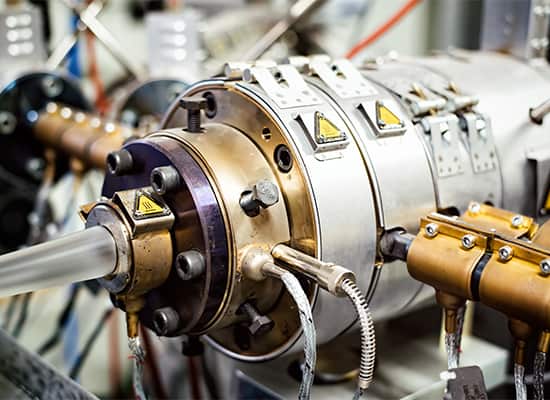
Production of glass Lenses
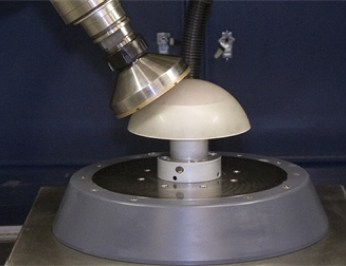
Grinding - shaping the Raw Glass
The glass lens manufacturing process begins with precision grinding. A semi-finished optical blank is selected and protected with a plastic film on one side, while the other is ground using CNC machines equipped with natural diamond tools. The lens is fixed in place using molten metal blocking, ensuring absolute stability during machining.
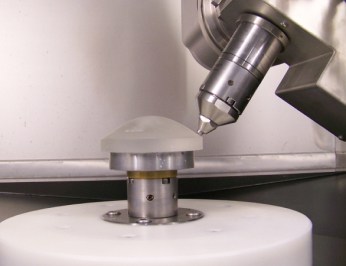
Polishing - Achieving Optical Clarity
After grinding, the lens still has a rough surface. During the polishing phase, we use abrasive films and temperature-controlled water (19°C) to refine the shape and smooth the surface. A second polishing step includes a compound of aluminum oxide, water, and polymers. Once the surface is flawless, the blocking material and protective film are removed, and the lens undergoes a multi-stage chemical cleaning process. Each step is carefully inspected by our specialists.
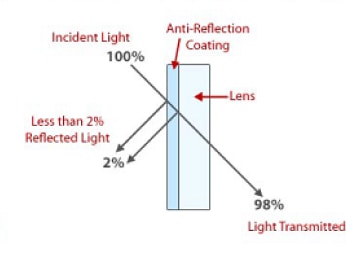
Anti-Glare coating - Finishing
To reduce reflections, we apply a high-performance anti-glare coating to both sides of the lens. The lenses are placed in a vacuum oven, removing microscopic particles and improving light transmission. Finally, a robotic cutter precisely shapes the lens to fit the desired frame. A final quality inspection ensures each lens meets the highest optical standards.
Why work with us?
We have deep knowledge in all steps of product development for plastic optical lenses.
We support our customers from optical engineering & prototyping to serial production.
15 years of expertise
Customized design for unique needs
Full support from idea
to postproduction
Guaranteed cost-effective
manufacturing
High range of materials available
High & low Volume Capabilities
Our clients




